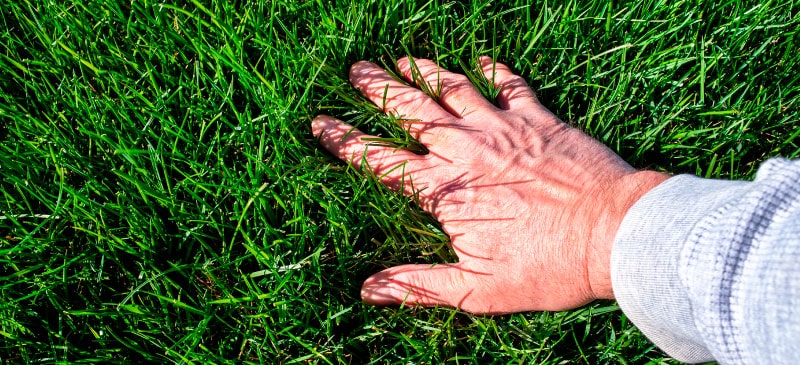This Dr. Axe content is medically reviewed or fact checked to ensure factually accurate information.
With strict editorial sourcing guidelines, we only link to academic research institutions, reputable media sites and, when research is available, medically peer-reviewed studies. Note that the numbers in parentheses (1, 2, etc.) are clickable links to these studies.
The information in our articles is NOT intended to replace a one-on-one relationship with a qualified health care professional and is not intended as medical advice.
This article is based on scientific evidence, written by experts and fact checked by our trained editorial staff. Note that the numbers in parentheses (1, 2, etc.) are clickable links to medically peer-reviewed studies.
Our team includes licensed nutritionists and dietitians, certified health education specialists, as well as certified strength and conditioning specialists, personal trainers and corrective exercise specialists. Our team aims to be not only thorough with its research, but also objective and unbiased.
The information in our articles is NOT intended to replace a one-on-one relationship with a qualified health care professional and is not intended as medical advice.
10 Ways to Go Green with Your Lawn Care
June 15, 2023

This is a guest post by Brandi Irwin, owner of Fortress Landscaping Design based in Middle Tennessee.
Sustainable practices are a growing trend not only in the United States, but all over the world. Long term, using sustainable practices will help prolong our natural resources that, as a result, will help the environment, our future and our health.
Sustainable Landscaping
Sustainable landscaping can be described as creating an attractive environment that is equal with the surrounding climate and requires less resources, such as fertilizer, pesticides and water. Sustainable landscape should be functional, cost-efficient, environmentally friendly, aesthetically pleasing and able to maintain.
The following are some sustainable practices that you can incorporate into your landscape/lawn:
- The Use of Rain Barrels: Stored rain water from downspouts that can be saved for future use, such as irrigation for the landscape/lawn.
- Using a Compost Barrel or Pile: Recycle vegetable/fruit peels, food scraps, grass clippings, leaves or decomposing material (paper towels). After the material has decomposed, it will create organic rich soil for your garden, landscape or flower pots.
- The Use of Solar Panels: Solar panels are devices that are energy producers, creating electricity from natural sunlight. The best placement for solar panels would be the south-facing side of your home or structure.
- The Usage of Plants with Microclimate Control: The amount of sun, wind and moisture that hits your home can be controlled with plants. For example, in the winter the north and northwest winds increase; therefore, planting evergreen trees to deflect the winds will greatly help with energy costs. Another example — plant deciduous trees on the south/southeast side of your home to allow shade in summer (cooling effect) and allow sun to penetrate through the trees in winter (heating effect).
- Use Native Plants: Find plants adaptable to your area to reduce maintenance and the use of natural resources, such as water.
- Plant a Vegetable/Herb Garden and Fruit Trees: Dr. Axe has posted about the benefits of vegetable gardens. If you can’t grow a garden, buy your food from a local source, such as from your local farmers market.
- Use Natural Ways to Get Rid of Insects/Pests: Instead of using herbicides/pesticides, such as Roundup and other lawn chemicals, it is best to use natural products that you may have around your house. One example — a mixture of water, dried cayenne and jalapeño peppers (boil and filter) can be used to remove Japanese beetles.
- Use Natural Fertilizers: Some natural fertilizers to use are decomposed manure and compost. After it has decomposed, till into soil.
- Plant Flowers: Planting flowers will help sustain our environment, such as assisting with bee shortage and pollinating fruit trees and other plants.
- Plant a Green Roof: Green roofs usually have anywhere from four to 12 inches of soil depending on the design. They hold various plant life, including vegetable/herb gardens, native grasses, shrubs and small trees. Some of the benefits of green roofs are that they reduce water run-off, naturally cool the building, and save energy and cost.
Benefits of using Sustainable Practices in your Landscape/Lawn
- Good for People and the Environment: Helps people, animals and wildlife. Prevents erosion, purifies our air and cools the Earth.
- Saves Money in the Long Run: The use of solar panels, rain barrels and plant placement will save a lot of energy and cut your energy bills!
- Reduces the Use of Energy and Maintenance: By using native plants and grasses, it will in turn reduce the need for maintenance, material and labor.
- Health Benefits: The benefits of raw vegetables are vast, including providing an array of vitamins and minerals that boost all aspects of health.
Some other health benefits? Sustainable practices eliminate chemical usage and use more natural resources that are not harmful to our health.
Also, using sustainable practices helps people physically and mentally stay active. For example, growing your own vegetable/herb garden is a good character builder that is beneficial for the whole family to get outside and to be active and educational!
The use of sustainable practices is a growing trend that will have a positive influence on our health and environment. That will meet the needs of the present without leaving a lasting effect for the future.




